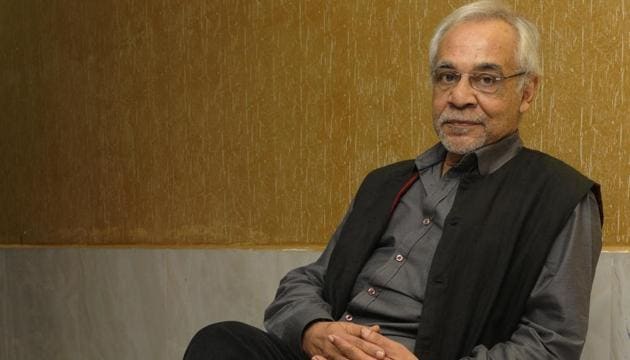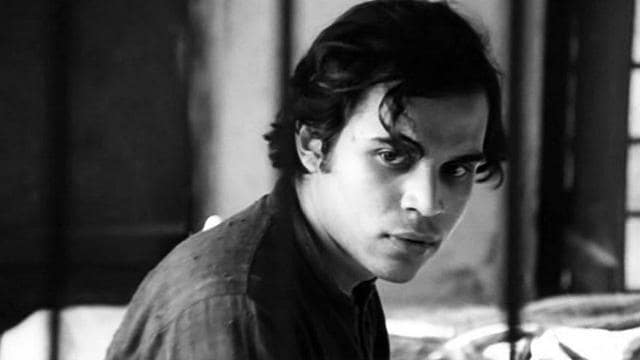Dhritiman Chatterjee to play Professor Shonku, a Satyajit Ray hero
Dhritiman Chatterjee began his acting life with director Satyajit Ray’s Pratidwandi (1970). He has played lead roles in many of the films by Satyajit Ray and Mrinal Sen, the greats of Bengali art-house cinema, but has preferred to do cinema alongside a parallel career in advertising and documentary-making.
Dhritiman Chatterjee began his acting life with director Satyajit Ray’s Pratidwandi (1970). He has played lead roles in many of the films by Satyajit Ray and Mrinal Sen, the greats of Bengali art-house cinema, but has preferred to do cinema alongside a parallel career in advertising and documentary-making.Rarely a part of mainstream Tollywood or Bollywood, his filmography is short, staggered but significant. He plays Professor Shonku based on Ray’s iconic character. Kabir (2018), Pink (2016), The Man who Knew Infinity (2015), are some of his latest films. Some of the Bollywood films Chatterjee has interesting cameos in are ‘Black’ in which he plays Rani Mukherjee’s father and ‘Agent Vinod’ where he plays Sir Metla, an Indian-origin British Lord.

What are you looking for when you take up a role?
What I am looking for has changed over the years. When I started out the lines between parallel and commercial cinema were defined. Because I started with parallel cinema, my affinity was for social and political cinema.
Acting is also a question of interpretation even if it is a role that comes from literature. If it’s a character from literature -- the way Professor Shonku is -- the audience already has an idea about it so the challenge is whether you follow that impression or do something completely new with it. When I played a psychologist in [Aparna Sen’s] 15 Park Avenue, I needed to know the professional life of the character so I observed professionals in that field. I saw that when a psychologist interacts with the patient, he is neutral, his profile does not project his personality so as not to prompt or intimidate the patient.
Your first film, Satyajit Ray’s Pratidwandi, had you play a youth from the lower income group being interviewed for a job, and being rejected. I still remember thinking something is out of sync, the actor has such a posh accent, no one else in the boy’s family has it…
The accent did come up for discussion at some point but it was my first film and Mr Ray thought that to fiddle with it and to deliberately sound middle class can be tricky. In [Aparna Sen’s] 36 Chowringhee Lane, where Jennifer Kapoor plays an Anglo-Indian teacher, she was high-pitched so as to do an Anglo-Indian accent but if you listened closely and I did, as I had a role in the film, sometimes the accent would drop.

The script must be of help to the actor in deciding the broad outlines of his personality.
The script does tell you a bit. The script of Pink told me which way I was to go as the judge arbitrating the rape case, but as an actor I shouldn’t from the start make it obvious to the audience. To observe the ‘behaviour’ of a judge in court, I spent a day at a lower court in Calcutta.
Satyajit Ray’s illustrations were quite a guide-map for Soumitra Chatterjee to play Feluda. Is it the same for you with Professor Shonku?
Professor Shonku, remember, was written in the form of a diary, it’s a collection of letters. From a letter, it is relatively difficult to form a physical idea of the man so the personality of the professor stays in the background. So the stories don’t give you a clue about interpretation. This gives the actor autonomy, makes my job easier. The overall challenge was how to portray a scientist who is eccentric and quirky, and make him not outlandish but out of the ordinary.
You have worked with Ray and you are flagging off a new cult character of his with his son, Sandip Ray. But the worlds of both Feluda and Professor Shonku are very male worlds.
Sandip is schooled in his father’s way of doing things. He is meticulous in the way he plans the work and the control over various aspects of the film.... And Sandip is trying to turn one or two of the characters in the story into female ones. So there will be a diversity of faces in the film.






